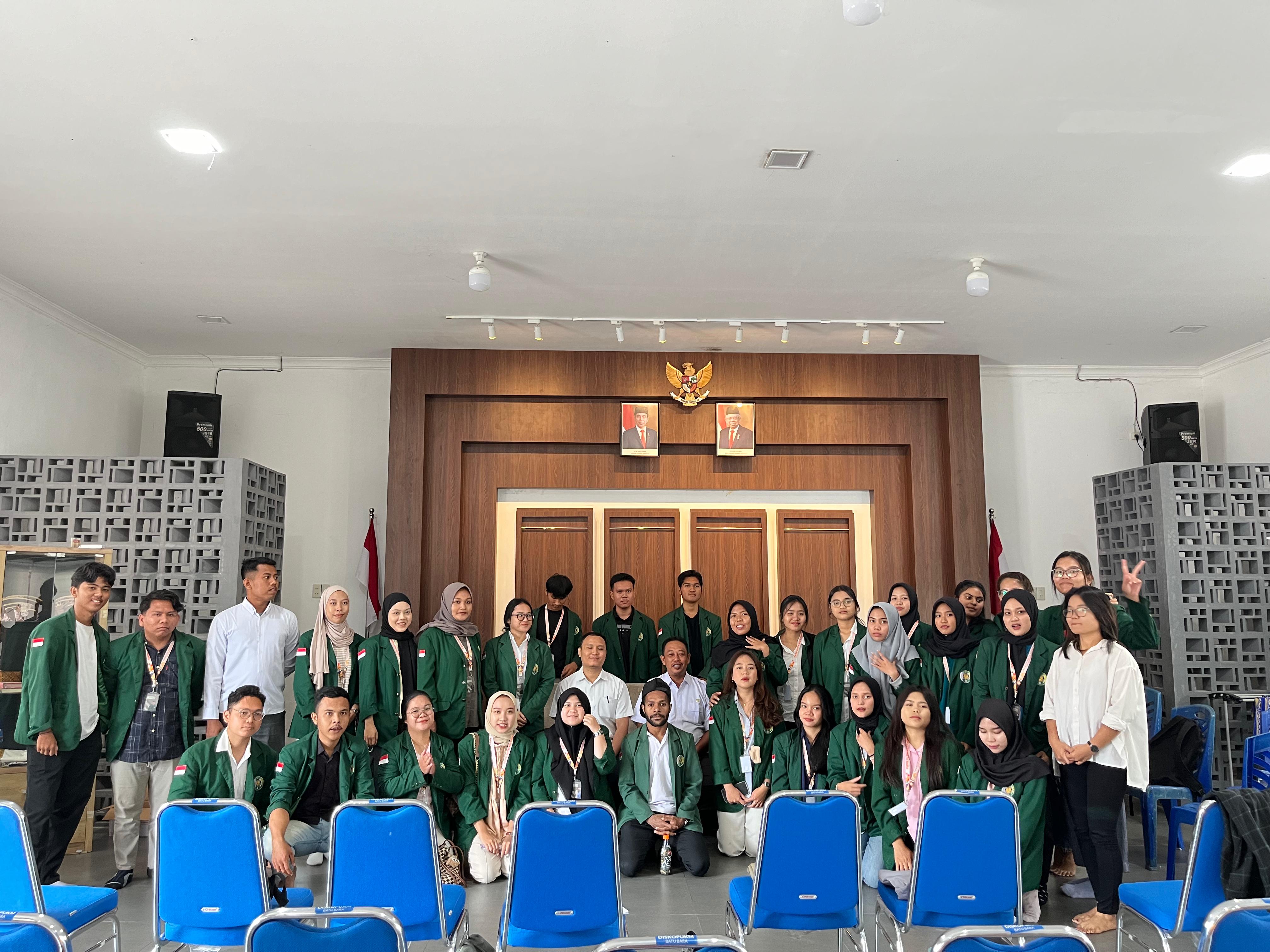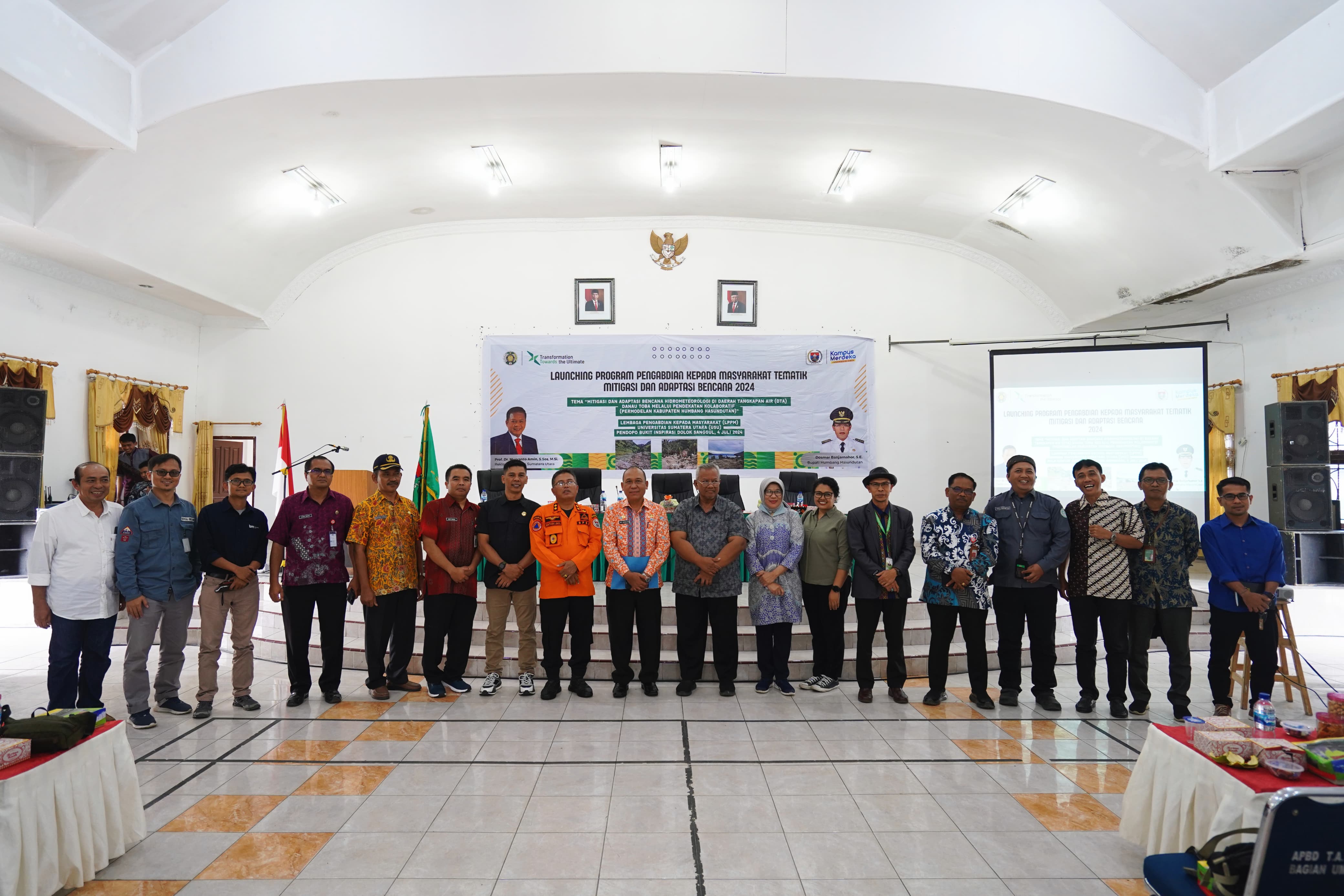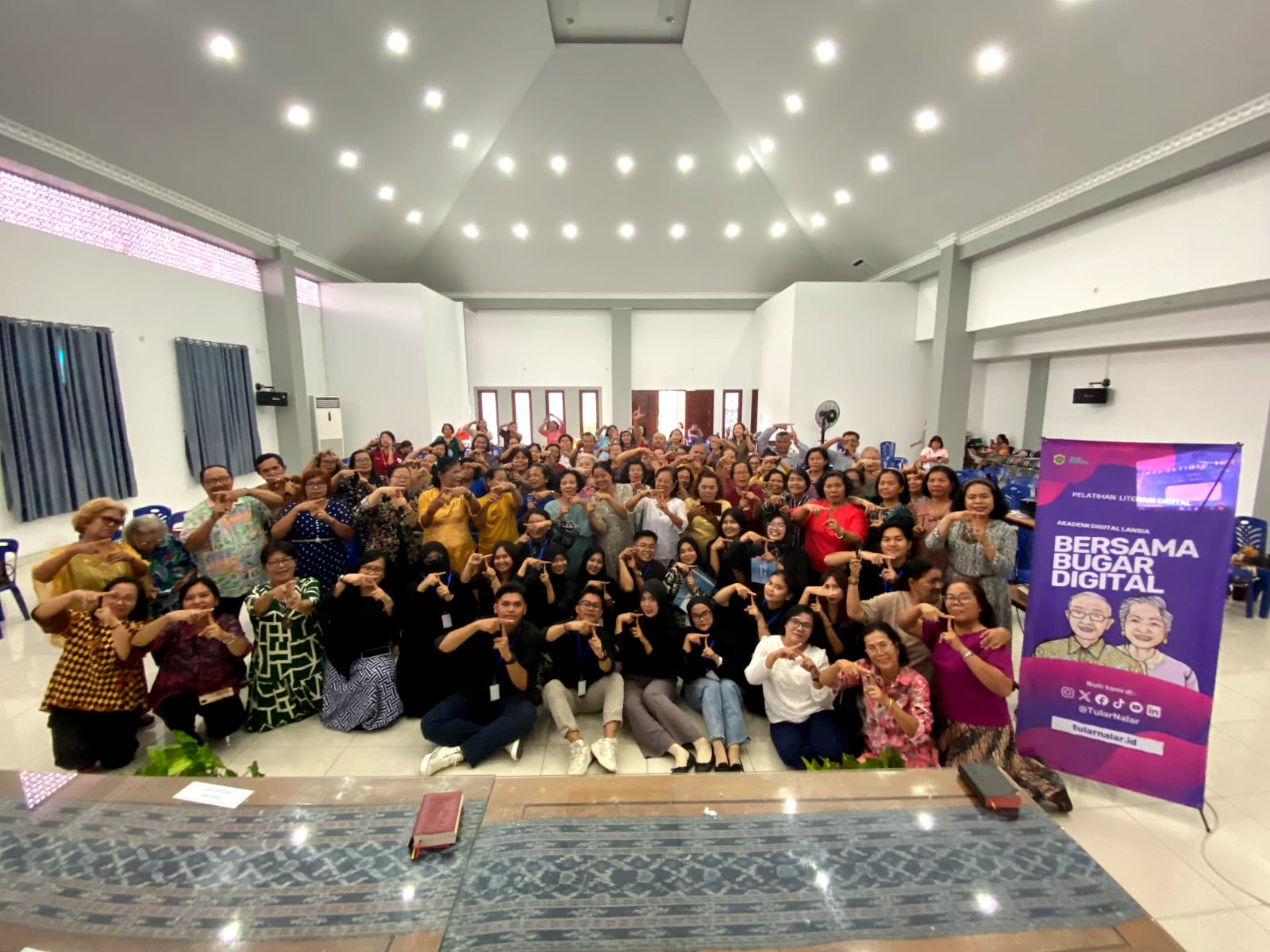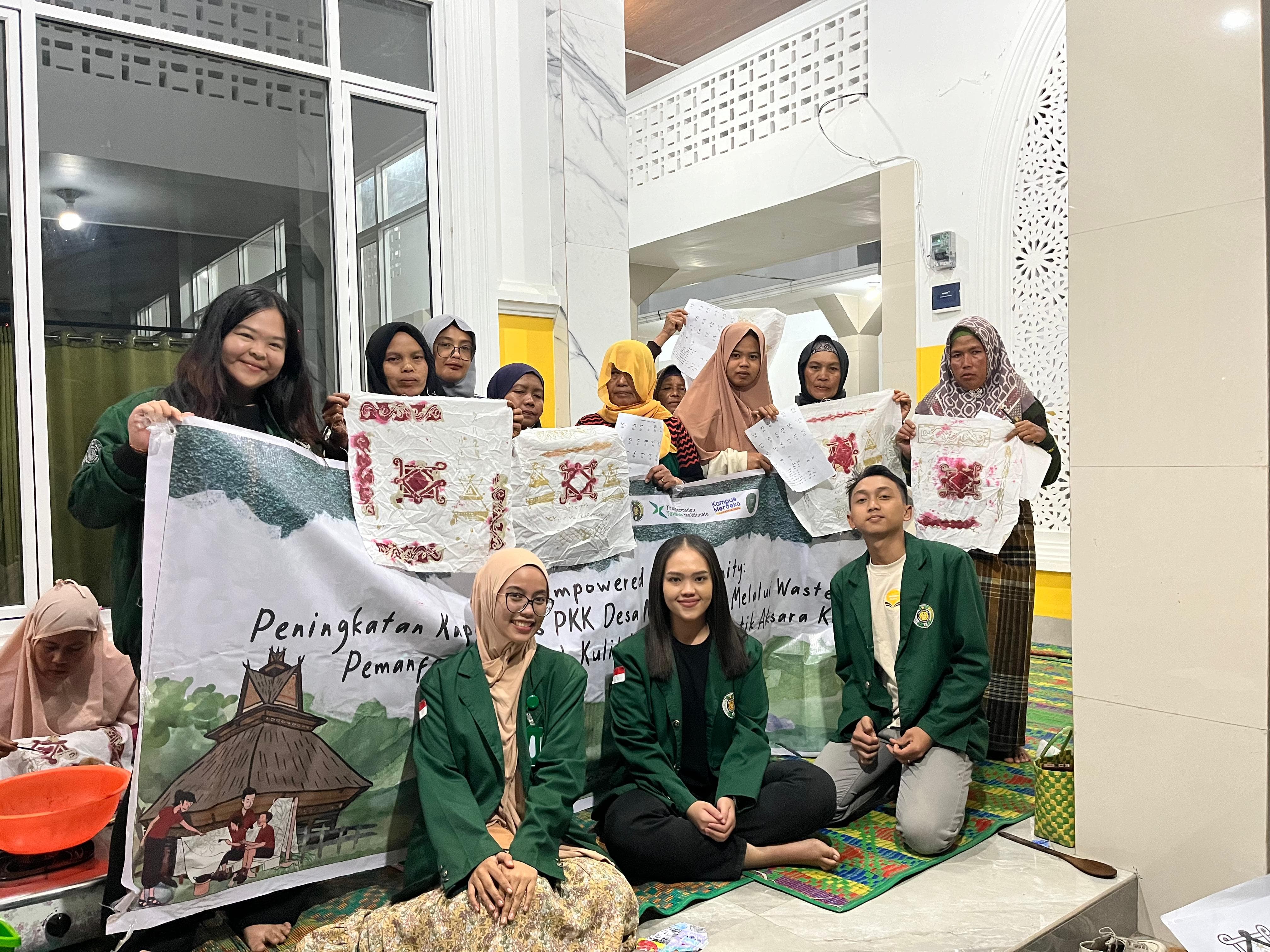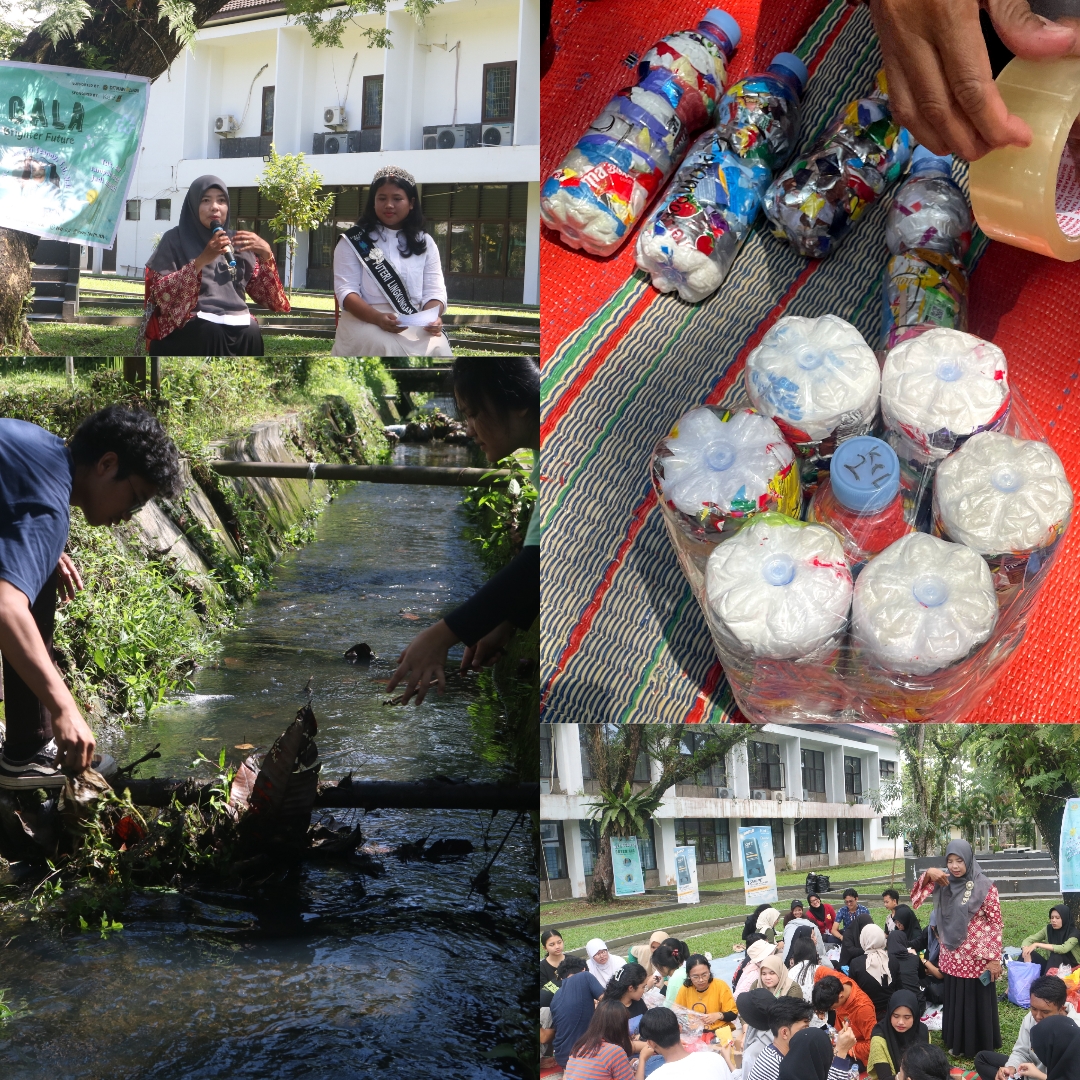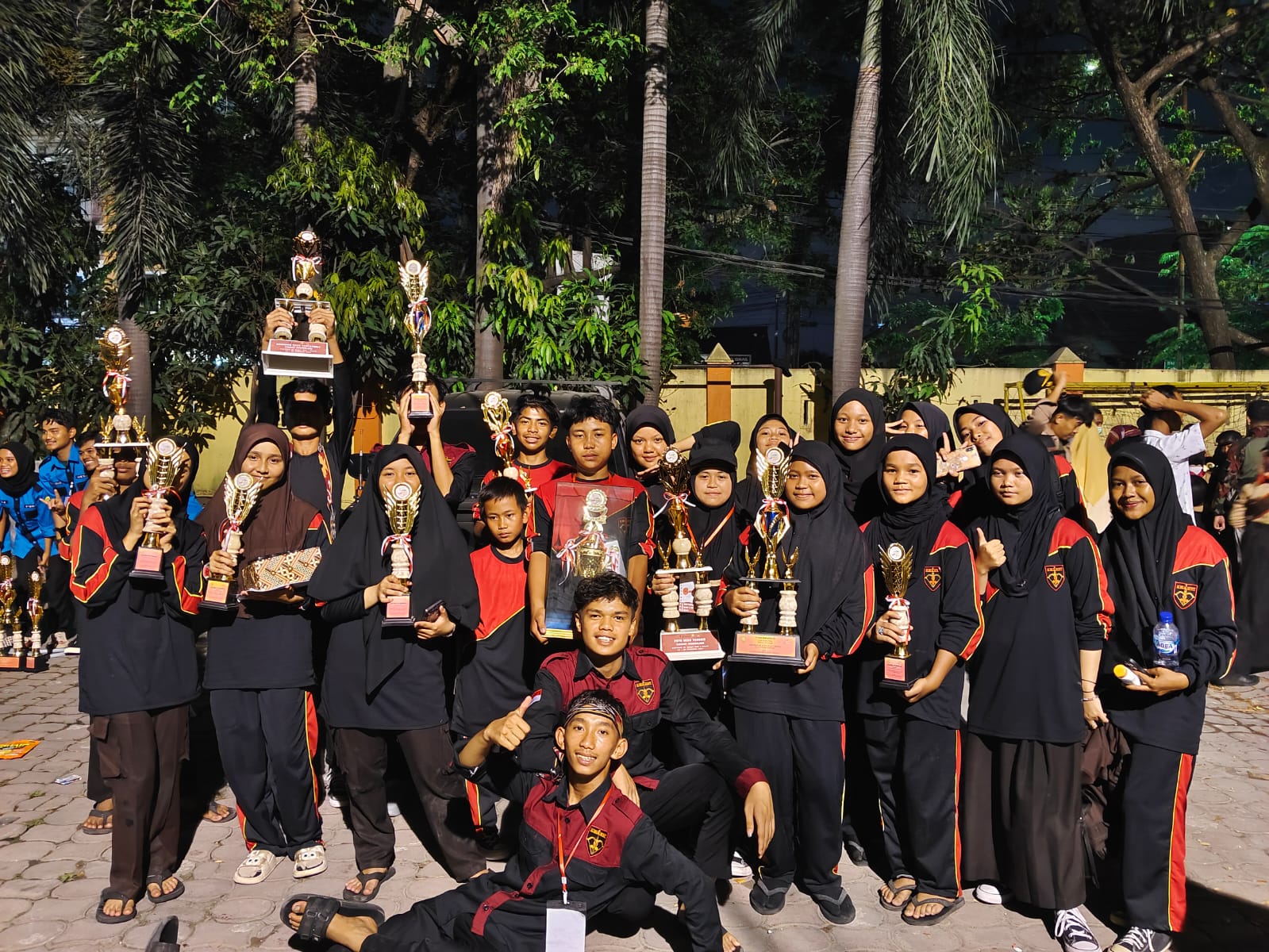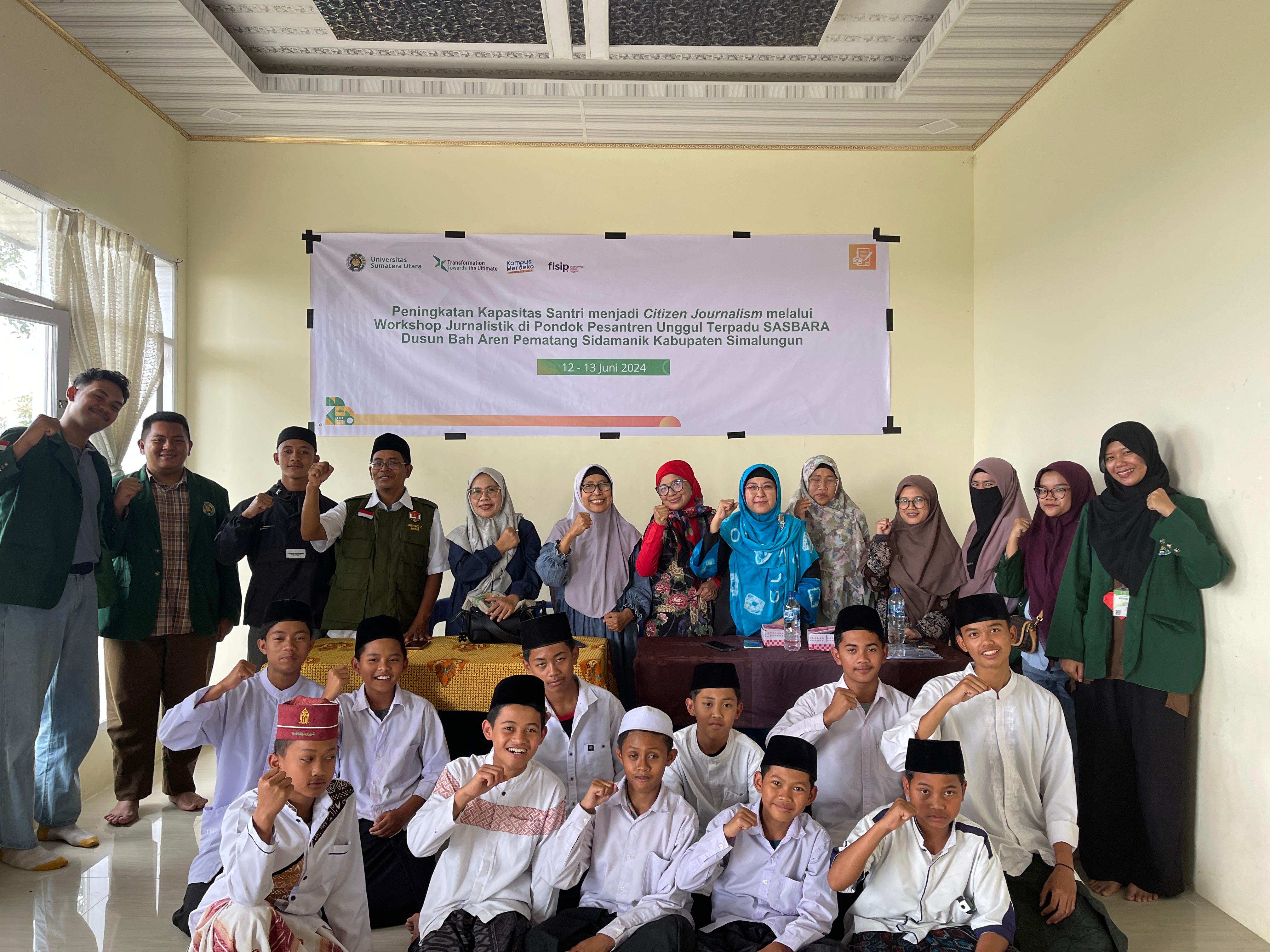Universitas Sumatera Utara (USU) continues to demonstrate its commitment to global issues through internationally oriented community engagement programs. One of its recent initiatives focuses on promoting the welfare and resilience of Indonesian Female Migrant Workers (PMPI) in Hong Kong. From June 15 to 17, 2025, Universitas Sumatera Utara carried out a community service program titled “Resilient PMPI: Building Resilience and Welfare of Indonesian Female Migrant Workers through the Strengthening of Psychological, Gender, and Social Capacities.” The initiative was implemented in collaboration with the Association of Indonesian Migrant Workers in Hong Kong (ATKI-HK) and the Faculty of Social and Political Sciences, Universitas Jenderal Soedirman (UNSOED).
Universitas Sumatera Utara delegation consisted of Dr. Harmona Daulay (expert in gender sociology), Dr. Meutia Nauly (psychology), Dr. Detania Sukarja (economic law), and Fredick Broven Ekayanta (political science). They were joined by Dr. Tyas Retno Wulan, S.Sos., M.Si., from Universitas Jenderal Soedirman (UNSOED). This interdisciplinary collaboration brought together diverse perspectives in addressing the complex challenges faced by Indonesian female migrant workers. By integrating sociological, psychological, legal, and political approaches, the team was able to propose more holistic and field-responsive solutions.
The program was founded on the reality that many Indonesian female migrant workers in Hong Kong face serious challenges, including intense work pressure, limited access to mental health services, discrimination, and a lack of legal literacy. These difficulties became even more severe during the COVID-19 pandemic, which led to increased social isolation and heavier workloads. “Many of them do not have access to adequate work facilities or private rooms to rest. Some sleep in kitchens. Other serious cases include out-of-wedlock pregnancies and abuse by employers,” explained Dr. Harmona Daulay.
Using an educational and participatory approach, the program aimed to support PMPI in strengthening their psychological and social resilience. The participants were also encouraged to understand their rights as migrant workers, develop gender awareness, and foster community solidarity. “The goal is for migrant women to develop gender consciousness, understand social remittances, and recognize that when they face problems, they can turn to the law for protection,” she added.
This initiative successfully created a safe and empowering learning environment while strengthening social networks among participants. The outcomes of the program will be further developed into educational materials, video documentation, and academic publications in order to expand its impact. This initiative is also part of USU’s internationalization strategy and supports the achievement of the Sustainable Development Goals (SDGs), particularly in promoting gender equality, protecting migrant workers, and improving social welfare.
Through this program, Universitas Sumatera Utara affirms its role beyond academia as a committed partner in advancing humanity and social justice. For Indonesian migrant women in Hong Kong, the presence of the team became a gesture of solidarity and meaningful support.





